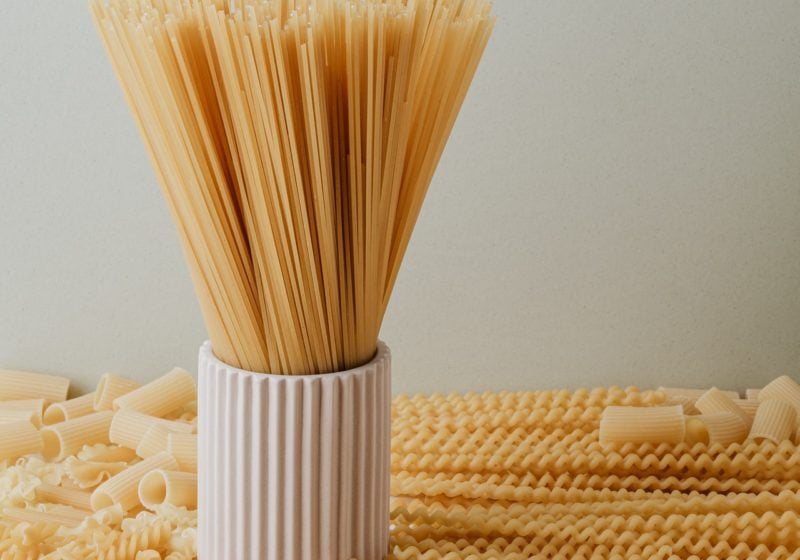
How do you know what the healthiest pasta noodle option is for you? It can be confusing to say the least! I’m laying it all out for you – from protein, to fiber, and overall enjoyment. You can lay the decision overwhelm to rest!
Pasta noodles are such a great pantry staple! They have a long shelf life, they’re inexpensive, and with a few other simple ingredients, you can have a meal on the table in minutes. But with the endless option of noodle types on grocery store shelves, what was once a simple decision has become confusing to say the least!
So, I’m breaking it all down for you with a comparison of everything from traditional white pasta noodles, to whole wheat, gluten free, chickpea – you name it!
White Pasta
What is it:
Traditional white pasta is made from refined wheat flour. This means that the outer husk of the grain has been stripped off. The husk is where most of the fiber and micronutrients are found so you’re basically left with the carbohydrates but not a ton of the extra nutrients you might find in other varieties
Nutrition Information for White Pasta (85g serving)
- Approximately 2 to 2.5g of fiber
- 9-10g of protein.
When to use it:
As you’ll often hear me say, when it comes to food, it’s about so much more than just the nutrition! Tune in to your intention. Sometimes you just want a regular old white pasta! It has a more neutral flavor to really highlight the sauce and sometimes it’s the only thing that will do for your favorite pasta dish!
Smart Pasta
What is it:
Have you heard of Catelli’s Smart Pasta? Essentially it is a refined white pasta with fiber added back in. So it looks and tastes very similar to white pasta but has the benefit of fiber content similar to whole wheat. In this case they use oat-hull fiber, the outer casing of the oat.
Nutrition Information for Smart Pasta (85g serving:
- 8g of fiber
- 11g protein.
When to use it:
Similarly to white pasta, it really is a great choice to use if you’re not after an overbearing flavor and want to distinguish the flavor of the sauce. The only difference is the boost of fiber (bare in mind that you might not get all of the benefits of an intact fiber, however).
Whole Wheat Pasta
What is it:
Like white pasta, this noodle is made from wheat, but in this case – the entire grain is kept intact. Because of this, we get the fiber, vitamins and minerals such as B Vitamins and iron, as well as antioxidants found in whole grains.
Nutrition Information for Whole Wheat Pasta (85g serving)
- 6.6g of fiber
- 13g of protein.
When to use it:
Whole wheat is a great option when you’re looking for something that will sustain you longer and keep you feeling full longer after eating. The combination of fiber and protein help keep blood sugars stable and slow digestion for longer lasting energy!
Quinoa Pasta
What is it:
As the name suggests, this variety of pasta noodle is made from quinoa. Quinoa has been widely used in South America for centuries, and is now a staple in North American diets as well. Quinoa is a seed from a weed-like plant called goosefoot, a close relative to beets and spinach and contains a high amount of protein and fiber, with a slight nutty flavor to it!
Nutrition Information for Quinoa Pasta (85g serving)
- 2.5g of fiber
- 4g of protein.
When to use it:
Quinoa is naturally gluten free, so it’s a great choice if you’re gluten intolerant or celiac, or if you just want to try something new! Another popular gluten free option is brown rice pasta, just be sure to check any packaging to ensure these pastas haven’t been mixed with other grains and are truly gluten free is that’s what you’re after!
Chickpea Pasta
What is it:
Chickpea pasta is a legume based pasta, other types of this variety are lentil pasta, edamame pasta, black bean pasta. Nutritional information will be similar for each of these so I’m sharing my fave of the legume pastas, chickpea pasta!
Nutrition Information for Chickpea Pasta (85g serving)
- 7g of fiber
- 13g of protein.
When to use it:
Because the base of these noodles is actually legume, and not a grain at all, they are another good gluten free (again double check the packaging). They are also great for the added boost of fiber and in particular, protein. An optimal choice for blood sugar management and longer lasting fullness and energy!
Now, all of the above being said, we can get so wrapped up in the nutrition that we forget to consider how this choice is going to MAKE US FEEL overall.
Are you craving your favorite family recipe that’s just not the same without traditional noodles – go for those fresh white pasta noodles!
Do you have a long day and need to be sure lunch will keep you going throughout the afternoon? Maybe you want to try whole wheat or chickpea pasta
Looking for an extra boost of nutrients? Quinoa or edamame pasta might do the trick.
How to Store Pasta
We like to store pasta noodles and pasta sauce separately. This allows you to mix and match with different options throughout the week so you don’t get bored, and allows for different sauce to noodle ratio preferences 🙂
Fridge
Store in an airtight container for 4-5 days. If noodles are stuck together, simply run warm water over them before serving leftovers, or reheat with the sauce and they will break up!
Freezer
Yes! You can freeze cooked pasta! In fact it is a staple in our freezer, especially for a toddler meal in minutes!
- Cook and cool the pasta
- Freeze flat (Ziplock bags are great for this. If using, try to wash and reuse or opt for a more eco friendly re usable option!)
- Break apart some or all of the noodles to use when needed
- Top with your favorite pesto or sauce and voila! Dinner in minutes!
Storing Dry Pasta Noodles
Store in an airtight container in a cool, dry place for up to year! I like to use glass jars or airtight plastic storage containers for easy identification and and organized pantry!
Don’t forget to use the pasta you’ve had the longest first (before using any recent pasta you’ve added).
How to Meal Prep Pasta
Pasta is one of our go tos for quick & easy weeknight meals. It’s quick on the night of, and makes great leftovers (and was so convenient for baby led weaning!)
A few tips to stretch your efforts
- Double your recipe for planned leftovers during the week
- Freeze Extra portions for an instant, healthy freezer meal!
- Label before freezing (food has a funny way of all starting to look the same once frozen!)
Pasta Recipes you might want to try!
Best Ever Cauliflower Fettuccini Alfredo – cauliflower and Fettuccini Alfredo are a surprisingly great match – check it out!
Sourdough Pasta with Ricotta, Mint, and Spring Pea Pesto – a gorgeous dish that is equally as satisfying to the eyes and soul as it is to the body and taste buds!
Healthy Creamy Pumpkin Sage Pasta with Seared Scallops – a highly nutritious and versatile fruit with a highly nutritious (and versatile) pasta!
Easy Canned Mackerel Salad via Walder Wellness- perfect for a packed lunch! A great balance of nutrition – quality protein, healthy fats, and plenty of fiber.
Hummus Pasta with Roasted Broccoli via Desiree Nielsen – quick and easy to make and with any type of pasta (it goes amazingly well with chickpea pasta, however).
Happy Eating!
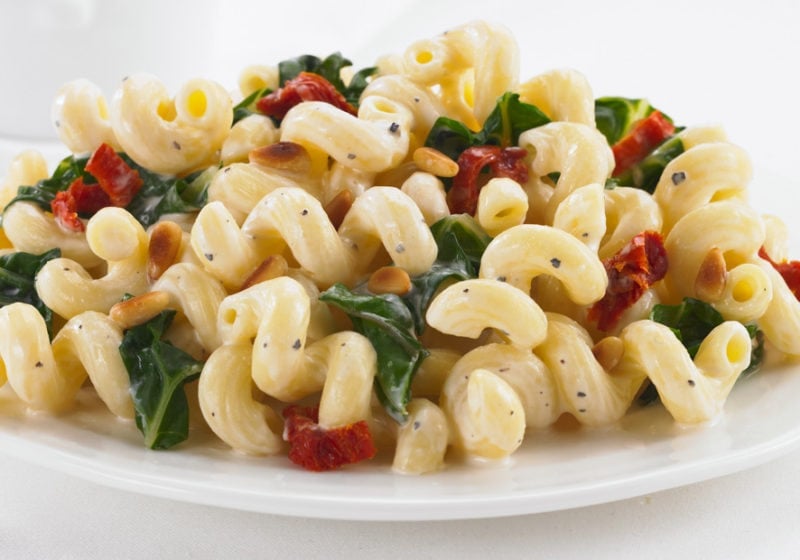
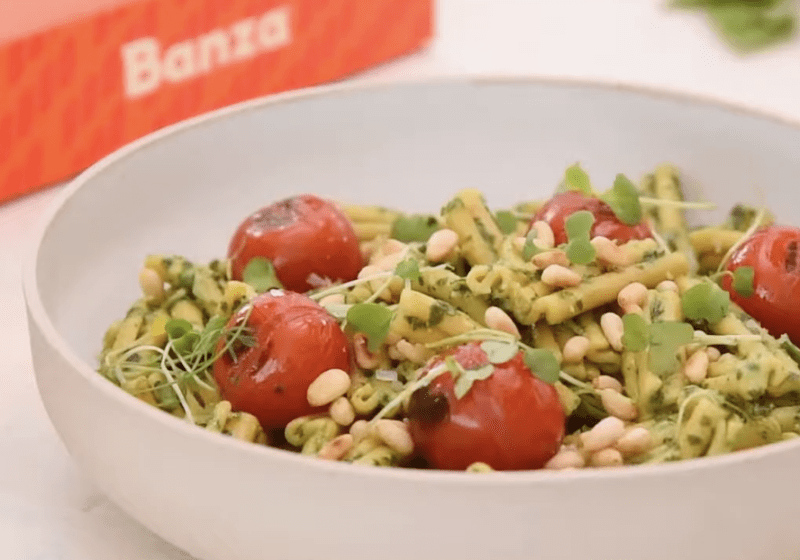
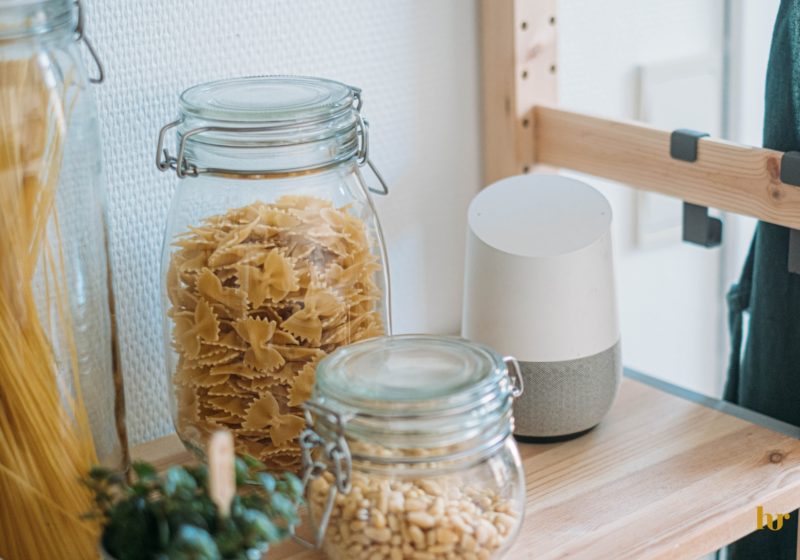
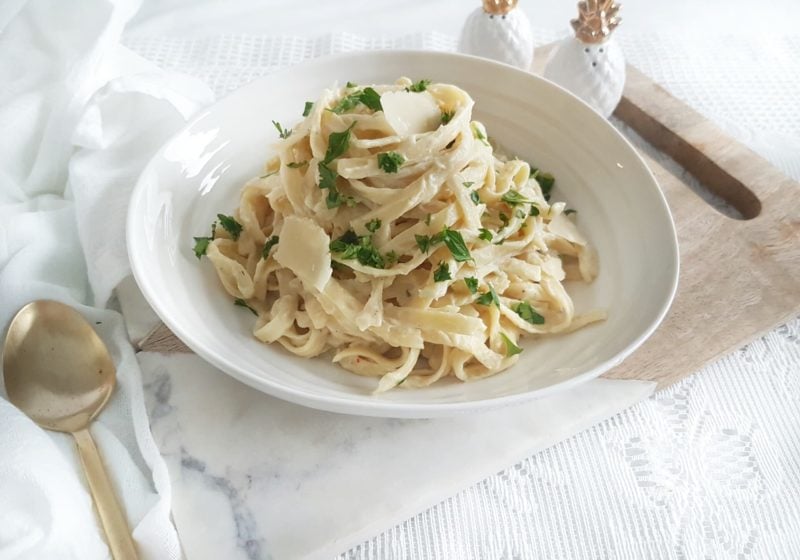
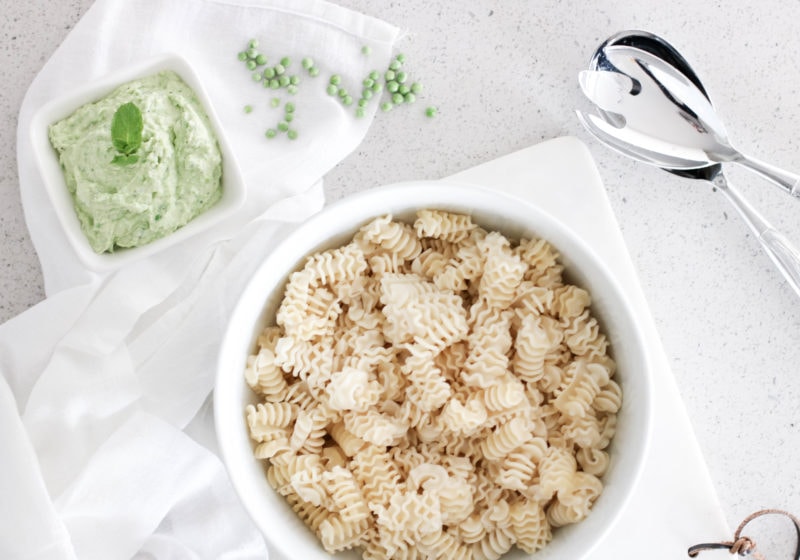
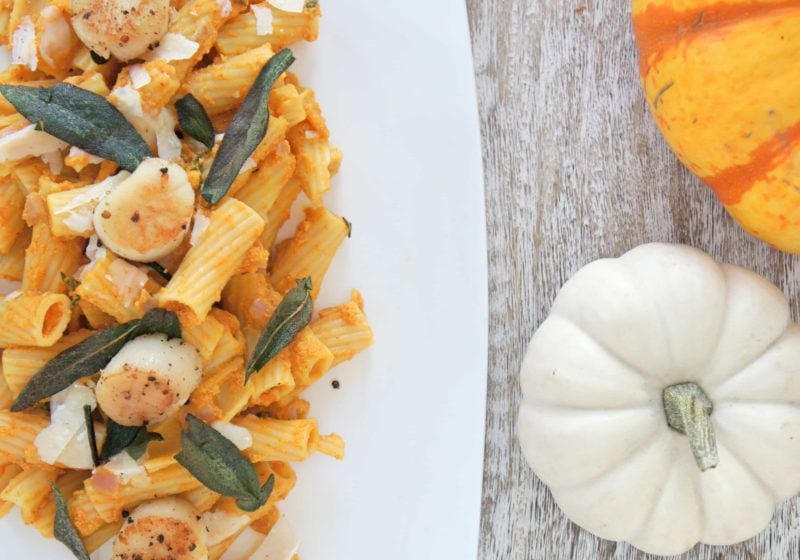
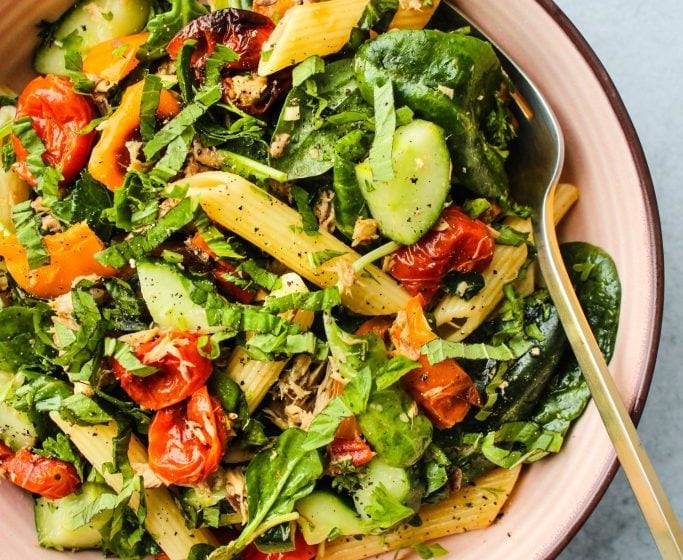
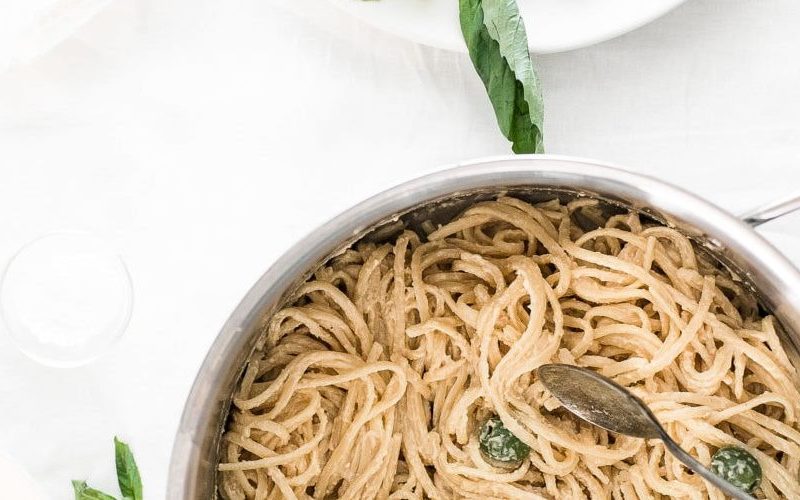
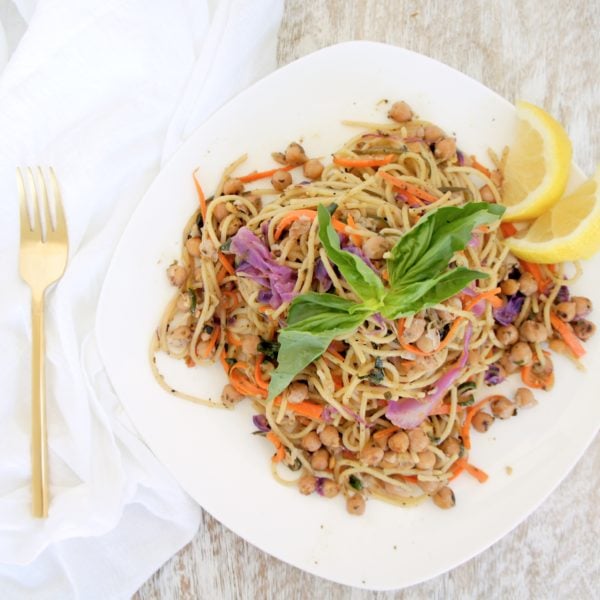
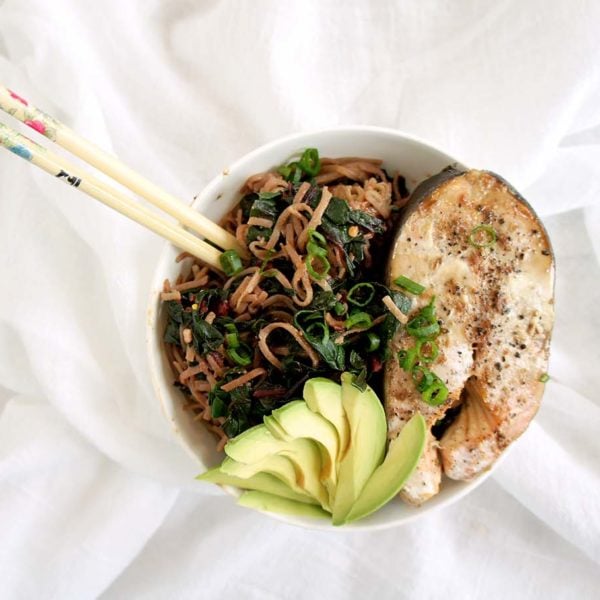
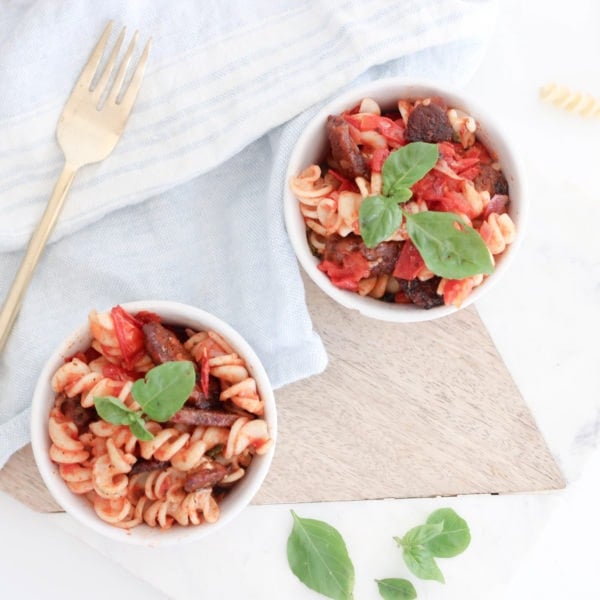

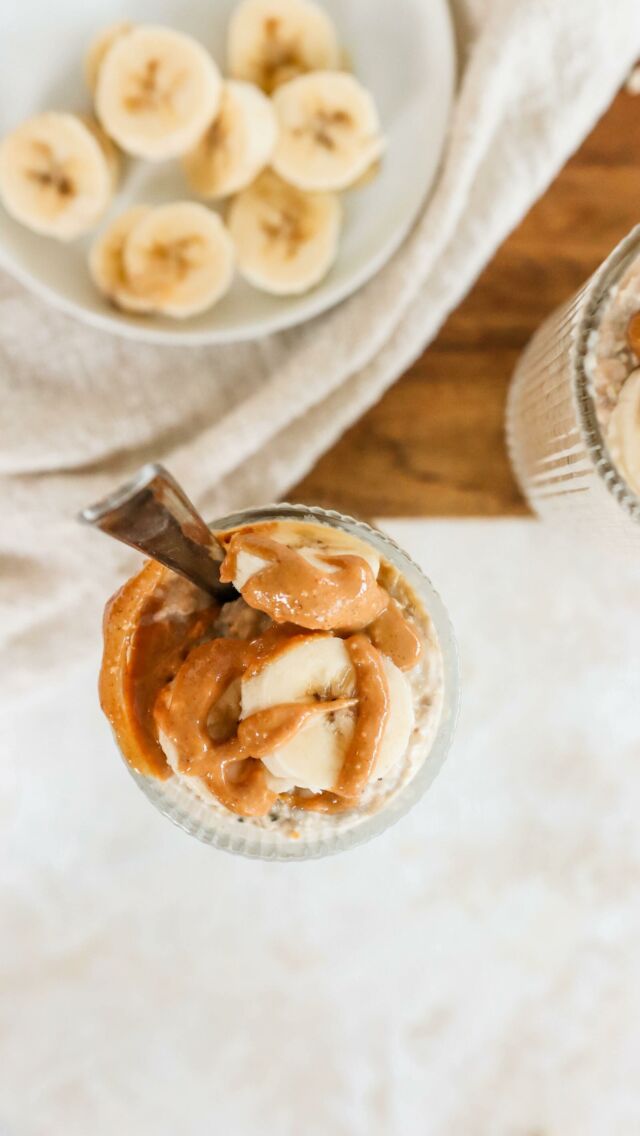


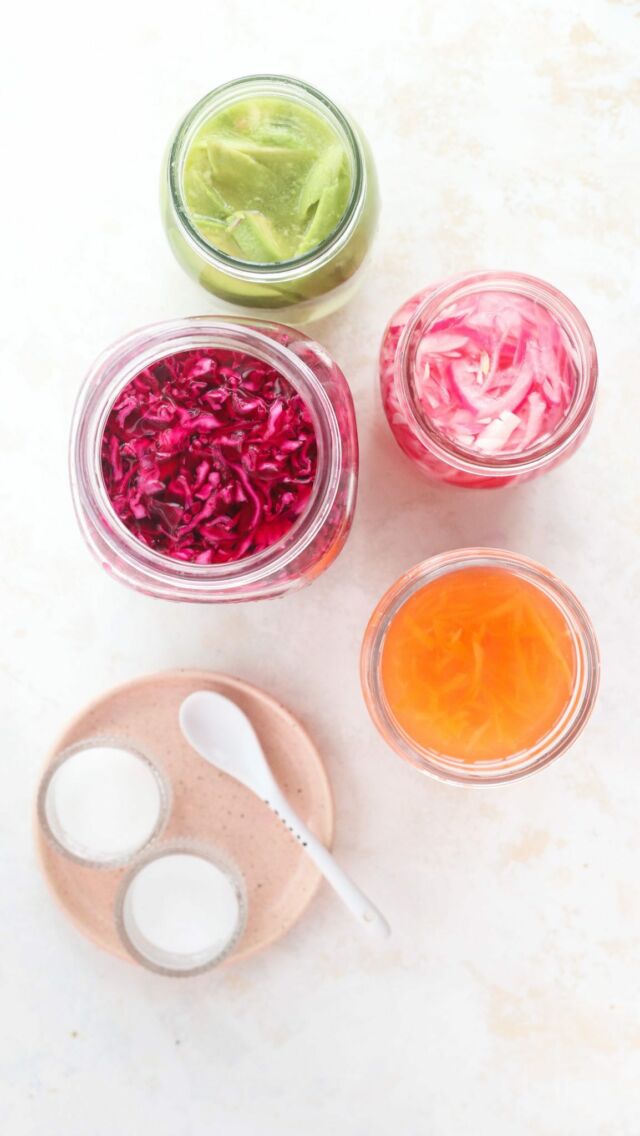
Leave a Comment & Rate this Recipe